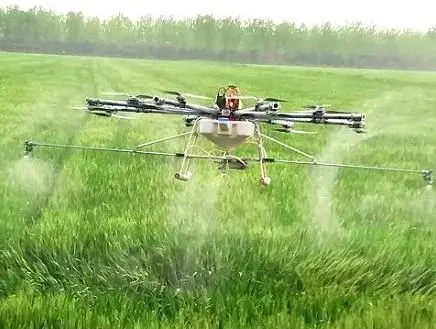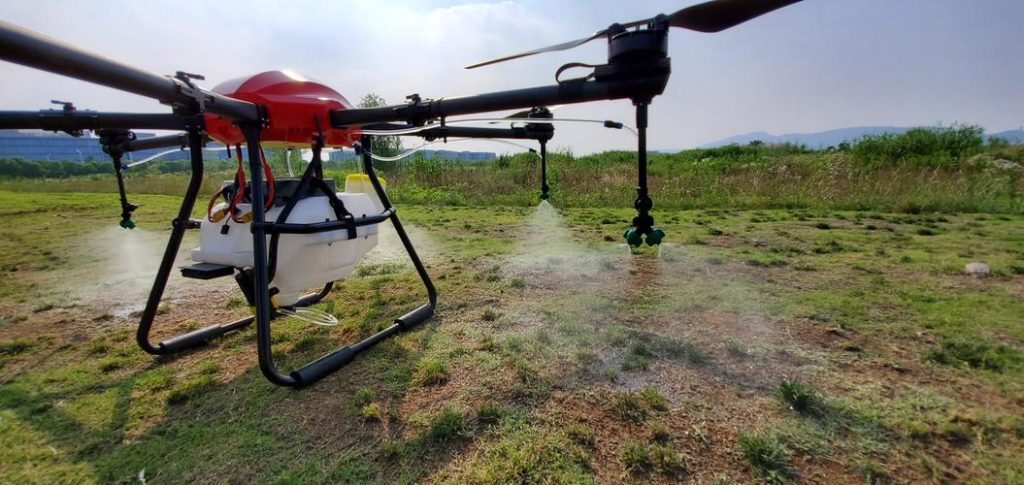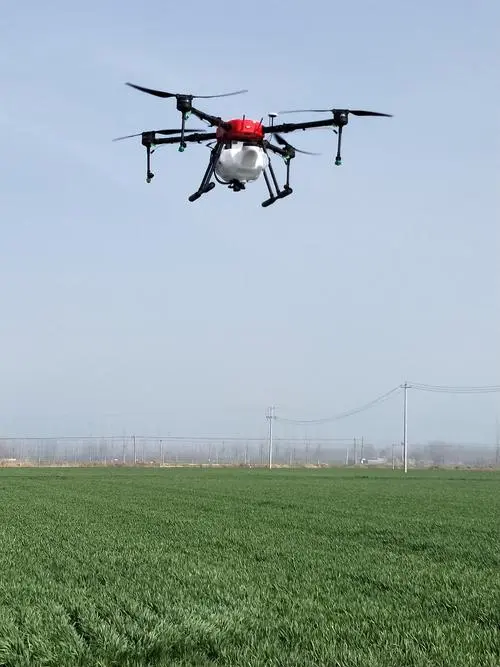In recent years, drones have become increasingly popular in various industries. From aerial photography to package delivery, these unmanned aerial vehicles have proven their ability to perform various tasks efficiently. Another growing trend in the drone industry is the use of spray drones for agriculture, pest control, and other purposes


 Spraying crops with pesticides and fertilizers is a time-consuming and labor-intensive task. Farmers may spend hours driving a tractor across their fields, spraying chemicals manually. However, with the use of spray drones, this process can be automated, saving time and increasing productivity.
Spraying crops with pesticides and fertilizers is a time-consuming and labor-intensive task. Farmers may spend hours driving a tractor across their fields, spraying chemicals manually. However, with the use of spray drones, this process can be automated, saving time and increasing productivity.
One of the advantages of using spray drones is their ability to cover large areas quickly and efficiently. A single drone can cover up to 7 acres per hour, while a person on foot can only cover around 2-3 acres per hour. This means farmers can treat their crops faster and with less effort.
Besides speed and efficiency, spray drones can also reduce the amount of chemicals used in agriculture. With traditional spraying methods, chemicals may be applied too heavily in some areas and too little in others, leading to uneven crop growth and potential crop damage. However, drones can apply chemicals precisely to the crop, reducing wastage and the risk of over-application.
Moreover, spray drones can be operated remotely, eliminating the need for farmers to expose themselves to dangerous chemicals. Normally, pesticide spraying requires special equipment, protective clothing, and masks to prevent the operator from inhaling toxic substances. With spray drones, the operator can stay at a safe distance while the drone performs the spraying.n conclusion, the use of spray drones in agriculture offers many benefits to farmers as well as the environment. It can save time, increase productivity, reduce chemical waste, and provide a safer working environment. As the demand for food production continues to grow, the adoption of spray drones is expected to increase as well, addressing the challenges faced by modern agriculture.

No reply content